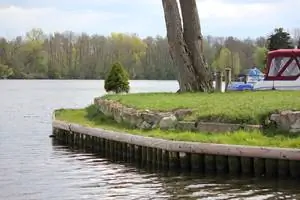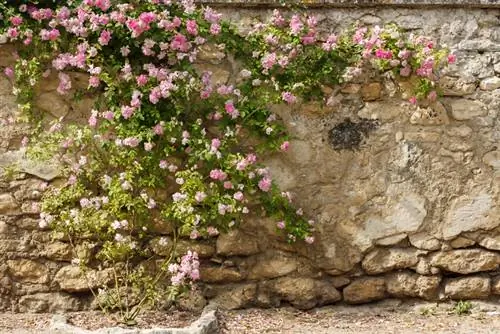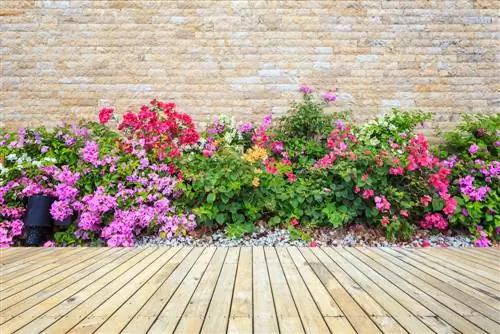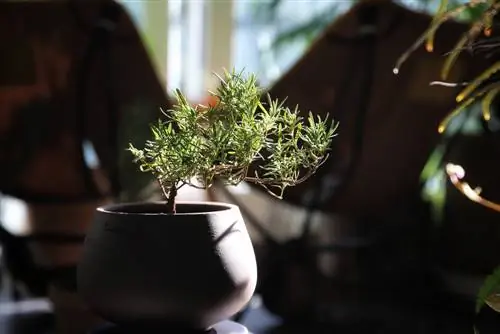- Author admin [email protected].
- Public 2023-12-16 16:46.
- Last modified 2025-01-23 11:22.
Taxus baccata is a native tree species that develops interesting shapes in nature. This makes them a sought-after object for bonsai art. Yew trees can be shaped using cutting techniques and wiring, with bracing being a variant. Deadwood games are also possible.
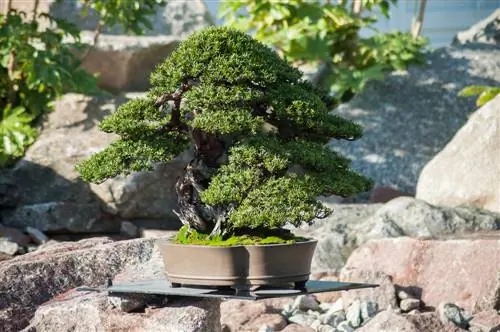
How to design a yew bonsai?
Yew bonsai can be shaped using cutting techniques, wiring and bracing. Regular pruning promotes bud formation and branching. Young branches are suitable for wiring, while dead wood sections can serve as a design element.
Design options
Yew trees allow a wide range of design options, which can be seen from the bizarre growth forms in nature. The wood adapts optimally to the environmental conditions, which promotes a variety of forms. Taxus baccata grows as a shrub with creeping shoots up to impressive trees.
Cutting
The species tolerates pruning down to the old wood without the crown area becoming bald. Yew trees sprout reliably and thus forgive cutting errors. Cutting measures are possible all year round. Regular interventions throughout the growth phase are helpful so that more light falls inside the crown and stimulates the formation of buds and branches.
How to proceed:
- cut vertically growing shoots at the base
- shorten horizontal branches by two thirds so that six to eight shoots remain
- pick off old needles regularly
Wiring
This method is only recommended for specimens that cannot be shaped into the desired shape using techniques such as bracing or cutting. Tensioned shoots retain their shape after two to three years, while wire forming produces results a little faster.
Notes
Old branches are very hard and stiff, which makes them difficult to bend. Young branches that are no more than one to two years old are well suited for shaping with wires. This design measure is possible at any time of the year. Since the bonsai grows slowly, you have to leave the aluminum wire (€16.00 on Amazon) on the plant parts for a year. Afterwards, maintenance cuts are necessary so that the tree does not go wild.
Tip
If a vertically upward shoot does not have a negative effect on the overall picture, you can bring it horizontally using wire.
Shaping dead wood
Conifers that grow in nature are characterized by areas with dead wood if they have been affected by lightning strikes, periods of drought, wind breakage or snow loads. Dead wood bleaches when exposed to strong sunlight.
The art of bonsai uses this element to make the mini tree more interesting. Shari is the name given to exposed wood in the trunk area. Since this design option involves risks, you should test the technique on less valuable specimens.
How to design a Shari
In order for such deadwood areas to develop, you must specifically cut through sap pathways. It is therefore important to select the areas carefully and mark them precisely. Otherwise there is a risk that important branches in the upper area will no longer receive nutrients and the tree will suffer damage. Mark the Shari area with chalk. Begin by peeling narrow strips of bark from the branch. Over the years, you can gradually widen this section.


